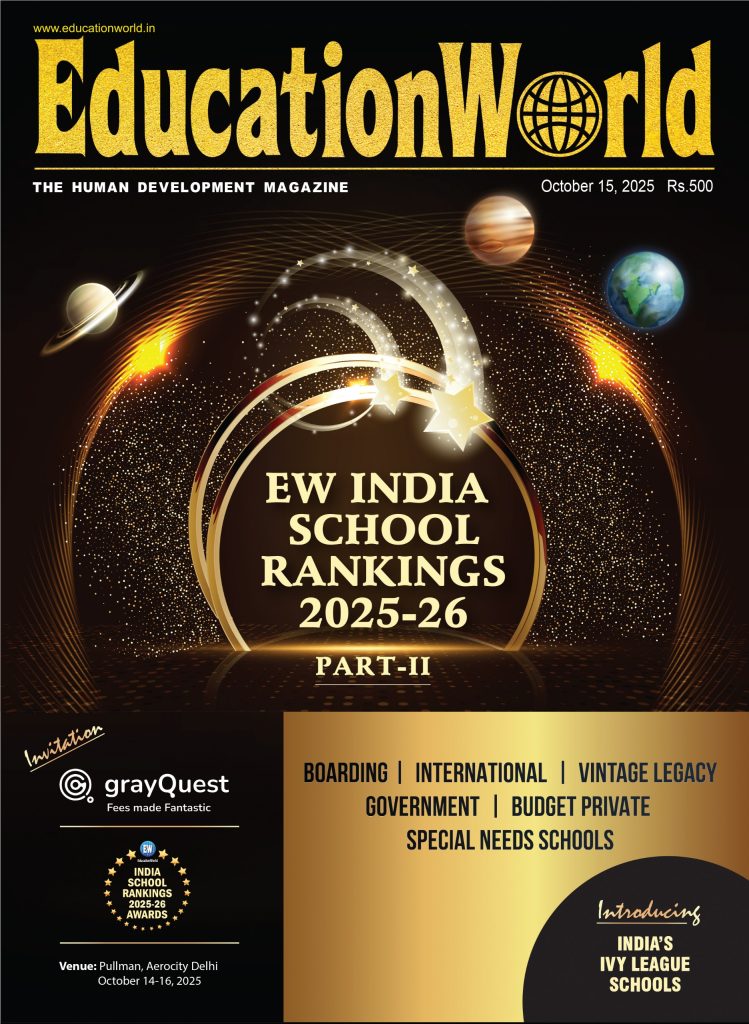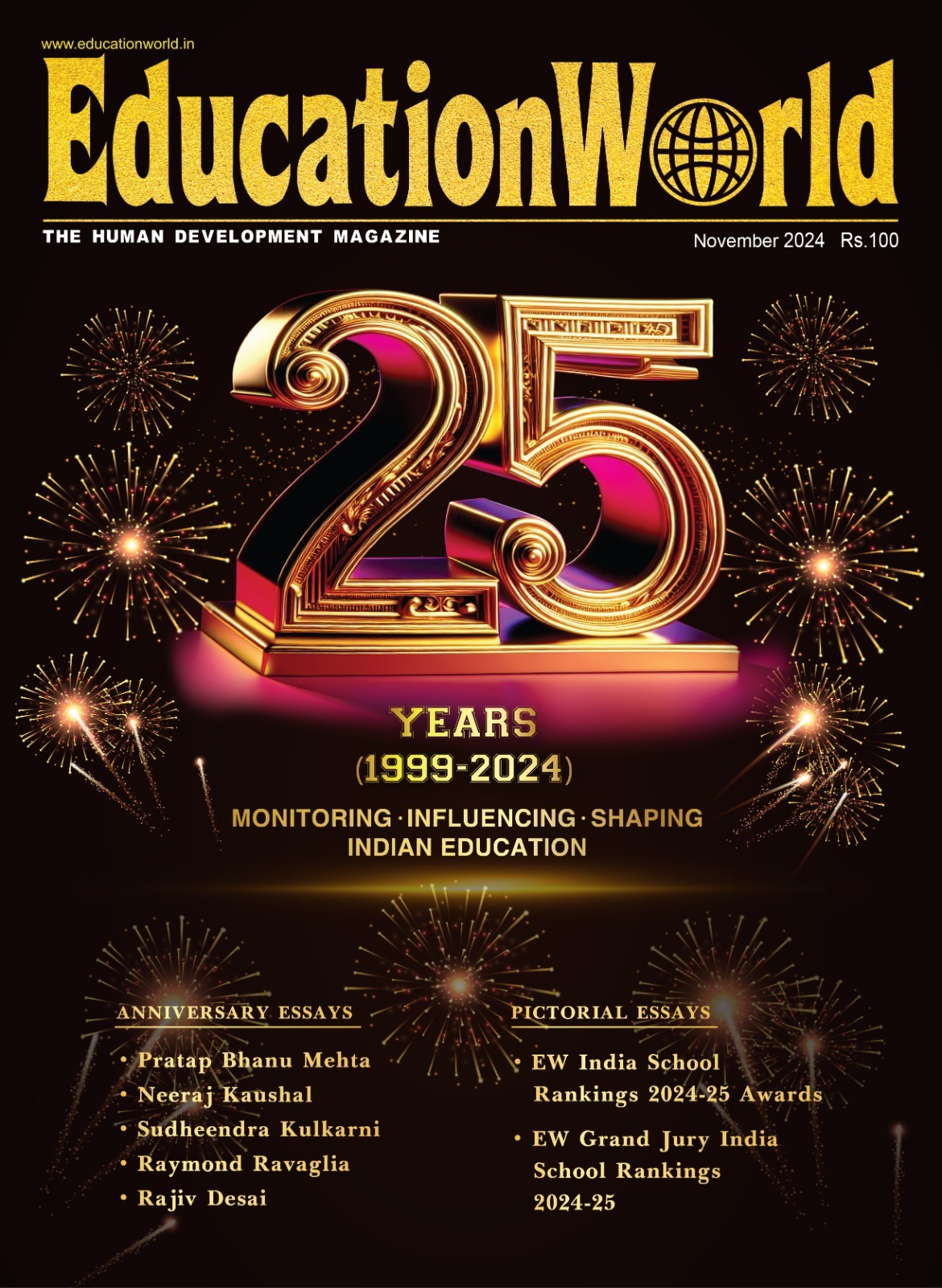AI-driven learning an urgent imperative

Yogi Kochhar
– (A former Microsoft (India) director, Yogi Yogi Kochhar is the author of the two-volume The Road Ahead 2.0 (2025))
The traditional model of education is slow, linear and unable to cope with quantum technology leap. It is useful as heritage but not as a future skill. Metacognition is the new foundation for learning
In a world where change is the only constant, school education is at a critical crossroads. Contemporary Indian pedagogies unchanged for decades have become redundant, forcing teachers and students to flog a dead horse. While the world charges ahead with innovation, our classrooms are tethered to outdated syllabi and rigid structures. But there’s hope — AI (artificial intelligence)-driven pedagogies are ready to enter and transform teaching-learning in India’s schools.
In China, AI-driven teaching-learning has been introduced from class I. This bold initiative signals a radical shift in global education strategy. It signals belated awareness that children learn to know; now they must learn to apply knowledge. Today, a child need not learn Mandarin to speak it — AI apps can help her converse fluently, breaking the barriers of conventional teaching-learning. The goalposts have moved from teaching to doing, from information to innovation.
The traditional model of education — teaching→learning knowing→doing — resembles an obsolete ladder. It’s slow, linear, and unable to cope with the quantum technology leap. It’s tantamount to teaching a child to build a fire from scratch in a world replete with electric stoves. This is useful as heritage, but not as a future skill. Similarly, students need not be burdened with memorising maps and formulae when they can be instantly accessed on their smartphones. Metacognition is the new foundation for learning in an era when students are spending six-plus hours on their mobile phone screens that has pruned their attention spans to 2-3 seconds. Students need to be pulled out of this rabbit hole.
Tomorrow’s education requires nurturing children’s observation, creativity, and application skills. What if, instead of reading about tectonic plates or balancing equations, students use AI to model future cities and develop eco-friendly alternatives to plastics? What if schools moved beyond classrooms and textbooks to AI labs where imagination meets real-world problems and solutions?
Power of the AI Lab. At the heart of this transformation is the AI Lab. They are not dispensers of coding or robotics, but creative innovation hubs where students engage with applied intelligence above algorithms and servers. AI isn’t about machines; it’s about bending machines to students’ wills.
Established under the aegis of the AI Leaders Board, USA, the Dataviv Applied AI Lab initiative, for instance, has already shown how students in class VI can solve real-world problems — expertise hitherto expected from engineering graduates. In an AI Lab, a biology student can now dissect a frog using metaverse AI. The burden of reasoning and logic has shifted to ChatGPT that has emerged as the next bionic assistant in the manner that the calculator appeared on exam tables.
An effective school AI Lab should have four key components:
Computer vision. Capability to direct machines to see, detect, and interpret visual data.
Interactive AI. Capability to design systems that understand and respond to voice, gestures, and emotion.
Metaverse AI. Capability to create immersive, virtual experiences that blend education with simulation.
Spatial AI. Capability to enable machines to understand and navigate the physical world in 3D.
The future belongs to students who can innovate from within education institutions. AI empowers them to become intrapreneurs — problem solvers who understand technology and apply it to reimagine their environments. Using AI, students can create products such as LMS, AI tutors and lesson plans, chatbots, voice assistants, content and course optimisation road maps.
AI’s role in education is expansive and essential to create intelligent learning systems. Schools that host AI labs are not just adding a facility — they’re sowing the seeds of a smarter, self-evolving institution. They’re allowing students to develop portfolios of real-world AI-driven projects, developing a generation that thinks beyond exams and textbooks.
In the new age of AI and machine learning, school education has to advance beyond syllabus revisions and digital whiteboards. It requires radical rethinking about what to learn. Applied learning through AI is no longer optional — it’s imperative.
An African proverb aptly captures the urgency to switch quickly to AI-driven pedagogies: “Every morning in Africa, a gazelle wakes up. It knows it must run faster than the fastest lion, or it will be killed. Every morning, a lion wakes up. It knows it must run faster than the slowest gazelle, or it will starve. It doesn’t matter whether you’re the lion or a gazelle — when the sun comes up, you’d better be running.”
For school promoters more than for teachers, the sun has risen. It’s time to run to introduce AI-powered, purpose-driven, student-centred education. Teachers too will be condemned to flog the dead horse of conventional pedagogies unless they take this message to their employers.

















Add comment